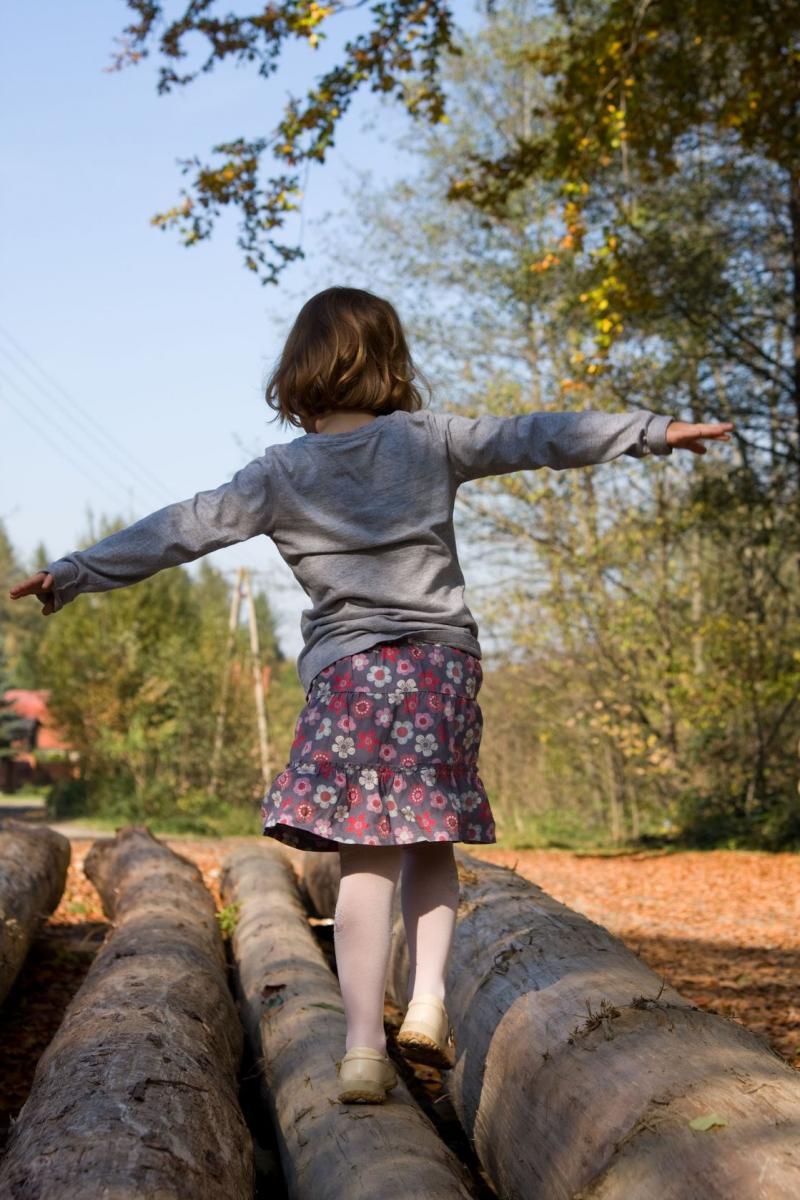Vestibular disorders affect children
 When the vestibular system in children is disrupted it results in symptoms of vertigo or dizziness, oscillopsia or gaze instability, and delayed development or diminished balance and other motor abilities. Children who present with these symptoms may be screened for pediatric vestibular disorders by a vestibular healthcare professional.
When the vestibular system in children is disrupted it results in symptoms of vertigo or dizziness, oscillopsia or gaze instability, and delayed development or diminished balance and other motor abilities. Children who present with these symptoms may be screened for pediatric vestibular disorders by a vestibular healthcare professional.
This three part series provides a brief review of the diagnoses known to affect vestibular function in children. We discuss common symptoms and diagnostic tests to quantify the extent of the child's impairment. We also discuss evidence-based treatments known to improve vestibular impairments.
- Part I: Incidence, Symptoms & Possible Diagnoses - Parents and pediatric health care professionals should be aware of the signs and symptoms of vestibular disorders. This enables referrals to appropriate specialists, who can diagnose and treat them.
- Part II: Assessment - Clinicians can use easy and inexpensive screening tests to determine whether a child should be referred to an otolaryngologist or audiologist for testing to determine whether or not the child has vestibular dysfunction.
- Part III: Treatment - Based on results of screening and/or diagnostic testing, treatment - both medical and rehabilitation - should be prescribed.
- Research: More than 1 in 20 U.S. children have dizziness and balance problems. Read more about the epidemiology of dizziness and balance problems in children in the United States from the National Institutes of Health.
- Pediatric Dizziness Handicap Inventory - The purpose of this questionnaire is to identify difficulties that your child may be experiencing because of his or her dizziness or unsteadiness. (Developed by Vanderbilt University)
Balance Builders Series
The balance system involves many different systems, including vision, touch, and your inner ear. To help children understand all the different ways our bodies find balance, the Balance Builder Series breaks them down and uses animals to make it fun! Click each animal below for a playful explanation about of one part of the balance system, created by Step and Connect.
 When the vestibular system in children is disrupted it results in symptoms of vertigo or dizziness, oscillopsia or gaze instability, and delayed development or diminished balance and other motor abilities. Children who present with these symptoms may be screened for pediatric vestibular disorders by a vestibular healthcare professional.
When the vestibular system in children is disrupted it results in symptoms of vertigo or dizziness, oscillopsia or gaze instability, and delayed development or diminished balance and other motor abilities. Children who present with these symptoms may be screened for pediatric vestibular disorders by a vestibular healthcare professional.




